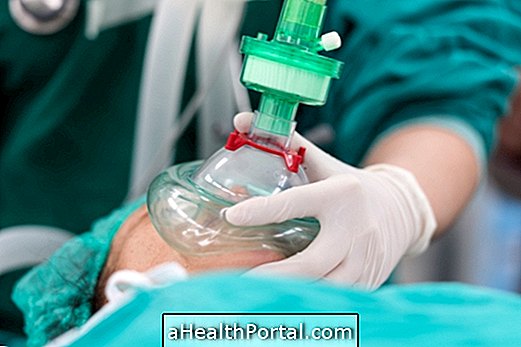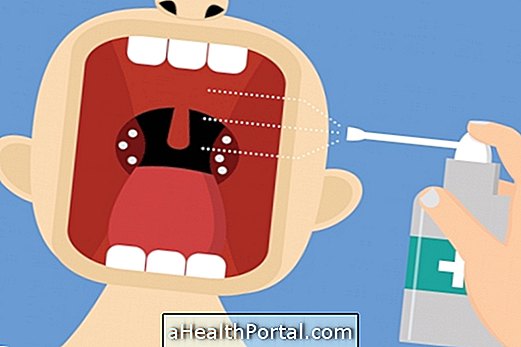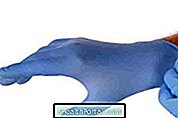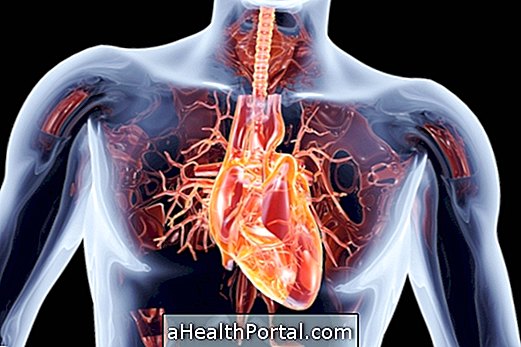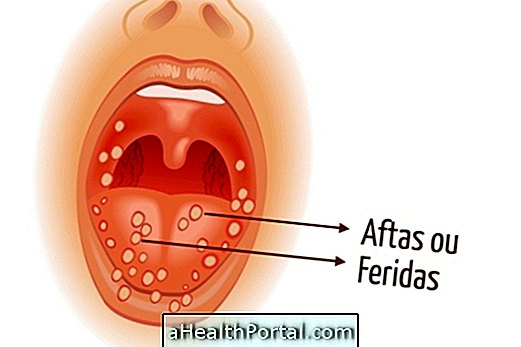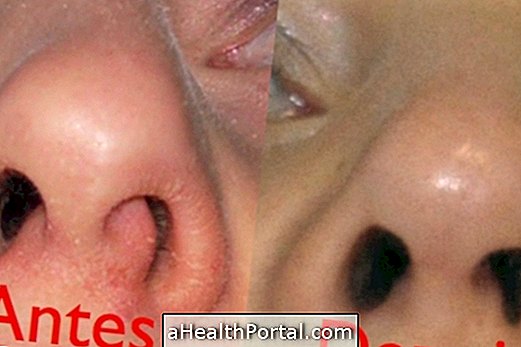The biscuspid aortic valve is a congenital heart disease, which arises when the aortic valve presents 2 leaflets, instead of 3, as it should, a situation that is relatively common, since it is present in about 1 to 2% of the population.
The bicuspid aortic valve may not cause symptoms or any type of change, however, in some people it may develop with complications over time, such as aortic stenosis, aortic insufficiency, aneurysm or infective endocarditis, which can lead to dizziness, palpitations or lack of air, for example.
These complications occur because the bicuspid valve is most affected by the passage of blood flow, which can lead to injury. Therefore, it is important that the treatment be done as soon as it is identified, with guidance from the cardiologist, which may indicate annual examinations, use of medications or surgery for valve replacement.
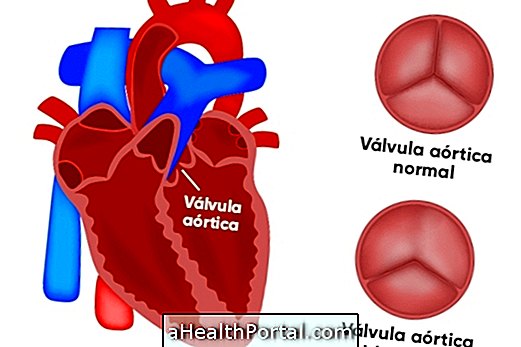
What are the causes
Anyone can be born with the bicuspid aortic valve, because its exact causes have not yet been clarified. This is a defect developed even during the development of the embryo in the maternal uterus, during which there is the fusion of two of the valves, forming one. This probably occurs due to genetic causes, and some cases are transmitted hereditarily from parents to children.
In addition, the bicuspid aortic valve may arise in isolation or associated with other cardiovascular malformations, such as aortic coarctation and dilatation, aortic arch interruption, interventricular septum defect, Maritime syndrome or Turner syndrome, for example.
The heart contains 4 valves that control the flow of blood so the heart can pump to both the lungs and the rest of the body so that it follows a single direction and does not return in the opposite direction during the heartbeat, however, these valves may present defects during the formation of this organ. Defects in the valves are the main causes of heart murmur, understand what it is, the causes and how to treat this problem.
How to identify
A bicuspid aortic valve can function normally, not necessarily evolving into a disease, so a large proportion of people who have this change do not have any symptoms. Usually, in these cases, the doctor can detect a change during the routine physical examination, in which a characteristic sound blow can be heard throughout the heart beat, called the systolic ejection click.
However, in about 1/3 of cases, it is possible that the bicuspid valve exhibits changes in function, usually in adulthood, which alters blood flow and may cause symptoms such as:
- Fatigue;
- Shortness of breath;
- Dizziness;
- Palpiação;
- Fainting.
These symptoms may happen to a greater or lesser extent, depending on the severity of the change caused and its influences on the functioning of the heart.
To confirm the diagnosis of the bicuspid aortic valve, the cardiologist will request an echocardiogram, which is an examination capable of identifying both the shape of the heart valves and the functioning of the heart. Understand how the echocardiogram is done and when it is needed.
Possible Complications
The complications that a person with a bicuspid aortic valve may present are:
- Aortic stenosis;
- Aortic insufficiency;
- Dilation or dissection of the aorta;
- Infective endocarditis.
Although they appear in only a few cases, these changes can occur in anyone with this condition, since the mechanical stress during the passage of blood is greater in those who have the bicuspid valve. The possibility of complications is greater over the years, being greater in people over 40 years.

How is the treatment done?
Generally, a person with bicuspid aortic valve can lead a normal life, since this change usually does not cause symptoms and nor repercussions in the physical capacity of the person. In these cases, an annual follow-up with the cardiologist is required, which will require an echocardiogram, chest X-ray, ECG, holter and other tests capable of identifying changes or worsening of the condition, if any.
Definitive treatment is performed with surgery. Procedures involving dilatation, minor corrections, or even valve replacement surgery may be indicated, for which a rigorous analysis of the valve shape, its changes and its functioning of the heart, very important to determine the type of ideal surgery, which should be individualized, with an assessment of the risks and diseases that each person has.
The valve replacement can be done by a mechanical or biological valve, which is indicated by the cardiologist and cardiac surgeon. The recovery of the surgery is delayed, requiring a period of hospitalization of about 1 to 2 weeks, as well as rest and balanced feeding. Check out how recovery is after aortic valve replacement surgery.
In some cases, the doctor may also indicate the use of medications, such as antihypertensives, beta-blockers or ACE inhibitors, or statins, for example to decrease symptoms or delay worsening of heart smoking cessation, blood pressure and cholesterol control are also recommended.
In addition, people with the bicuspid valve may need to undergo antibiotic prophylaxis with periodic antibiotics to prevent infection by bacteria that cause infective endocarditis. Understand what it is and how to treat endocarditis.
Is it possible to practice physical activities?
In most cases, a person with a bicuspid aortic valve may engage in physical activities and lead a normal life, and there may be restrictions only in cases where the patient develops with complications such as dilatation or narrowing of the valve or changes in the functioning of the heart .
However, it is very important that a physical exercise practitioner with this change make periodic assessments with the cardiologist and echocardiogram examinations in order to follow the functionality of the valve and whether there is any evolution to any complications.
In addition, high-performance athletes, due to high efforts, may develop the "athlete's heart, " in which the person exhibits physiological adaptive changes of the heart, which may increase the ventricle cavity and thickening of the heart wall. These changes usually do not progress to heart disease, and are usually reversible with exercise discontinuation. However, there should be close attention to these changes in periodic evaluations by the cardiologist.
